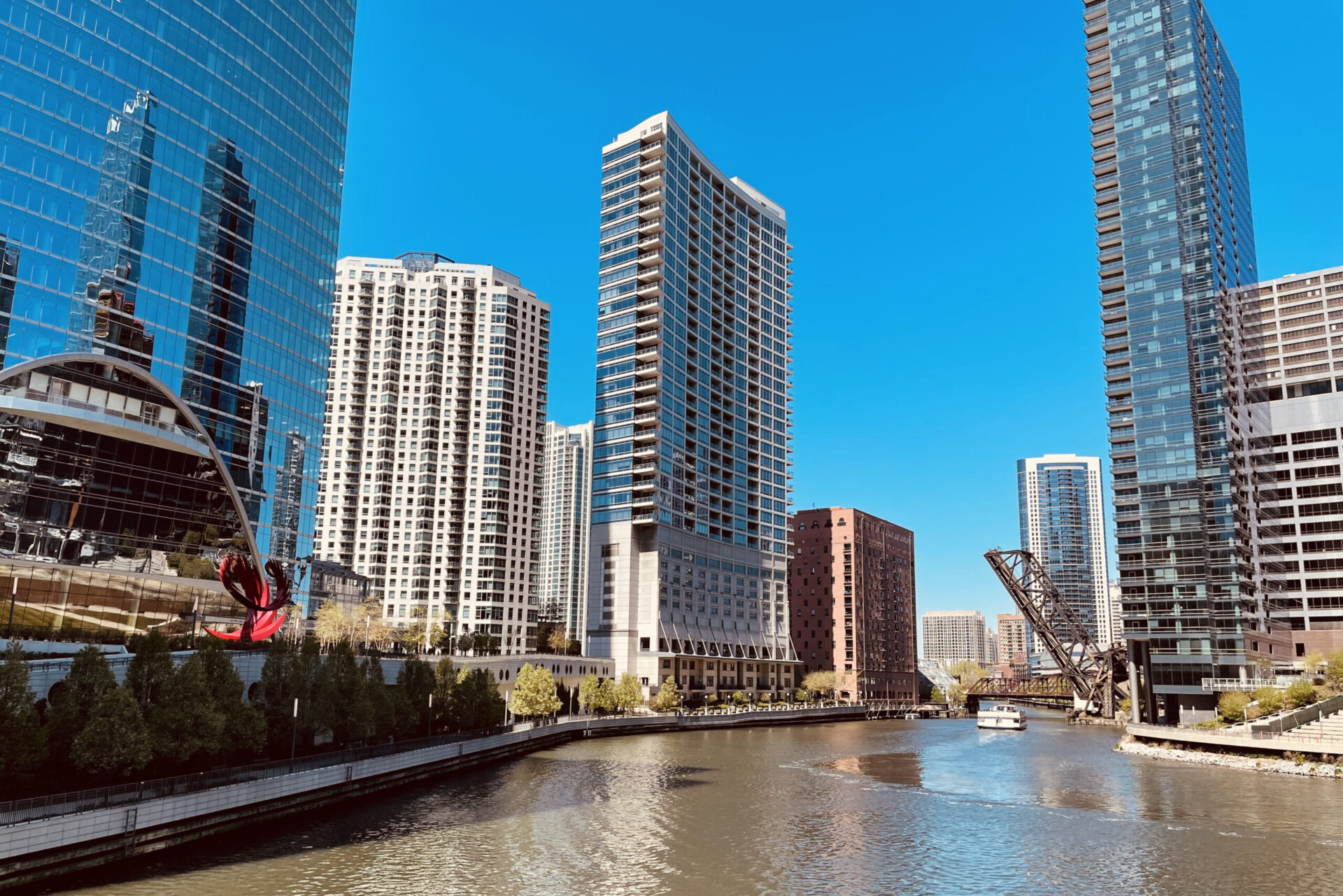Last night, I was invited to a beer tasting at the Labatt USA Beer Academy. Yeah, I know: rough gig.
The tasting featured four European beers, so we were in the “European Bar.” The beers were, in order: Stella Artois, Hoegaarden, Leffe, and Boddington’s. Interstitials (including cheese, sausage, bread, crackers) were provided by Mary Ellen and Courtney at Urban Harvest.
There were about 20 of us, and we were each given a placemat with descriptions of the four beers along with a “Beer 101” guide which told us how to taste a beer. I’ve transcribed the guide on the next page: it’s good information to have. And I left all the Canadian spelling.
Here’s my feedback on what we tasted:
Stella Artois: I’ve had this before. It’s a light lager (brewed in Leuven, Belgium, since 1366) which has the aforementioned strong hop character. It’s good, and probably a nice alternative to Miller Lite. It’s not something I would go out of the way to order.
Hoegaarden Wheat Ale: This was my favorite of the bunch. From Hoegaarden, Belgium, since 1445. It’s got more body than the Stella, but there’s also a lot more going on here. It reminded me of a beer I had (like I’ll remember the name) at a beer garden in Frankfurt. It has a definite European flavor to it.
Leffe Abbey Ale: 6.6% alcohol by volume. Say no more. Okay, let’s say a little more. This one goes back to the year 1240, where a bunch of monks started making this (in presumably what is now Belgium). This was the “polarizer” of the bunch: people either loved it or hated it. I thought it was great at first, then I really didn’t like it. By the end of the evening, I was back to liking it again. (And this was after only one glass of this stuff.) There is a heck of a lot going on in this one, a combination of sweet, clove, and other full-bodied flavors. I can’t really compare it to anything I’ve had before, because it’s not as full-bodied as a heavier ale, but it’s got more flavor than any other lighter-colored ale I’ve tasted.
Boddington’s Pub Ale: From Manchester since 1778, this is one of those nitrogenated ales where the tiny bubbles appear to travel downwards along the side of the glass. This is probably the best thing about Boddington’s. I don’t really get this ale. Those of you who know me know that my favorite beer these days is Harp, and the only reason I went in that direction in the first place was because my previous favorite, Caffrey’s Irish Ale, is no longer available in this country. Caffrey’s is a nitrogenated ale with a great balance of flavors, similar to Harp, only creamier. Boddington’s is like a K-Mart house brand version of Caffrey’s. And I don’t mean to dis K-Mart, what with their bankruptcy and Martha Stewart problems and all. Needless to say, this was my least favorite of the group.
After the tasting, we went to Urban Harvest for some cherry- and raspberry-infused ales, neither of which were really stellar (although the cherry one went remarkably well with the chocolate truffles served along with it). Then it was off to Peggy’s for a Harp.
There’s supposed to be another event in about 6 weeks, so I’ll keep you posted.
How To Taste Beer / Beer 101
(reprinted from Labatt USA material)
When analyzing a beer, you can’t just swill it down, burp, and say “it’s great” or “it’s crap.” And, even though tasting is an individual art, there are a few steps, which if followed, will take your beer tasting to a blissful level.
Look
Take pause and marvel at its greatness before you partake of it. Raise the beer in front of you, but don’t hold your beer to direct light as this will dilute its true colour. Describe its colour, its head, and its consistency.
Agitate
Swirl your beer, gently in the glass. This will pull out aromas, slight nuances, loosen & stimulate carbonation and test head retention.
Smell
Breathe through your nose, then with your mouth open, then through your mouth only (nose and mouth are connected in the experience). Let olfaction guide you. Agitate again if need be, and ensure that you are in an area that has no overpowering aromas. Enjoy its bouquet.
Taste
Now sip the beer. Resist swallowing immediately. Let it wander and explore your entire palate. Let your tastebuds speak. Note the mouthfeel, the consistency of the liquid’s body, and breathe out during the process of tasting. This process of exhaling is called “retro-olfaction” and will release retained stimulations at the mucus and mouthfeel level, but at a higher temperature. At times this will be the same as the olfactory process if not different and complementary. Try to detect any sweetness, salty flavours, acids, and general bitterness. Explain what they are, or what they are similar to.
Also, try tasting the beer after it warms a bit (just a bit mind you). Really cold beer tends to mask some of the flavours. As a beer warms, its true flavours will pull through, become more pronounced.
